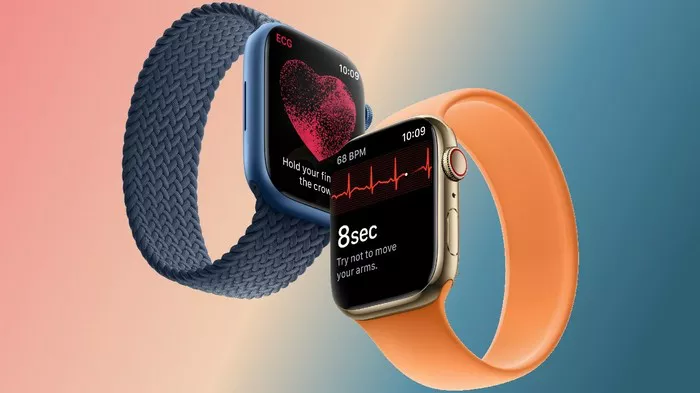In the dynamic landscape of wearable technology, Apple continually seeks to push the boundaries of innovation with each iteration of its smartwatches. For users curious about the timeline of releases, a pivotal question arises: What year did the Apple Watch Series 4 come out? In this article, we delve into the historical timeline, exploring the year that marked the emergence of the Apple Watch Series 4.
1. Introduction to the Apple Watch Series 4
The Apple Watch Series 4 represents a milestone in the evolution of Apple’s smartwatches. Released with much anticipation and fanfare, it introduced significant advancements over its predecessors, setting a new standard for functionality, design, and health-related features.
2. A Shift in Design and Display: The Series 4 Unveiled
The Series 4, unveiled in 2018, marked a distinctive shift in design. Apple introduced a larger display with thinner bezels, providing users with more screen real estate for interactions and complications. The rounded edges and sleeker profile contributed to a modern and refined aesthetic.
3. Display Enhancements: A Visual Feast
The Series 4 featured a more prominent and vibrant display. With the introduction of LTPO (low-temperature polycrystalline oxide) technology, the smartwatch could dynamically adjust its refresh rate, conserving energy when static and enhancing smoothness during interactions. This technology laid the foundation for improved battery efficiency.
4. Health and Fitness Focus: ECG and Fall Detection
Health and fitness capabilities took center stage with the Series 4. Apple incorporated an ECG (electrocardiogram) app, allowing users to take an ECG directly from their wrists. Additionally, the smartwatch introduced fall detection, leveraging its sensors to identify sudden falls and initiate emergency alerts if necessary.
5. S4 Chip: Powering Performance
The Series 4 boasted the S4 chip, enhancing performance and responsiveness. The dual-core processor not only facilitated faster app launches and smoother interactions but also contributed to the efficiency of health-related features, such as heart rate monitoring and the ECG app.
6. Cellular Connectivity: Enhanced Independence
Cellular connectivity was a pivotal feature of the Series 4. Users could opt for a cellular-enabled model, allowing them to make calls, send messages, and stream music directly from their wrists, even without a paired iPhone. This feature empowered users with greater independence from their smartphones.
7. watchOS 5: The Operating System Backbone
The Series 4 ran on watchOS 5, introducing new features and enhancements. This operating system update brought improvements to notifications, the Siri watch face, and the Walkie-Talkie app. It laid the groundwork for the evolving capabilities of the Apple Watch ecosystem.
8. Conclusion: A Landmark Year in Smartwatch Evolution
In conclusion, the Apple Watch Series 4 made its debut in the year 2018, representing a landmark moment in the evolution of smartwatches. With a refined design, an array of health-focused features, and advancements in display technology and performance, the Series 4 cemented its status as a pivotal player in Apple’s wearable lineup.
As users reminisce about the year that brought the Apple Watch Series 4 into the limelight, it serves as a testament to Apple’s commitment to innovation and its relentless pursuit of elevating the user experience. The Series 4 not only encapsulated the cutting-edge technology of its time but also laid the foundation for subsequent iterations, shaping the trajectory of Apple’s smartwatch evolution.

